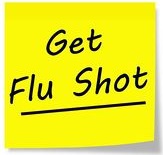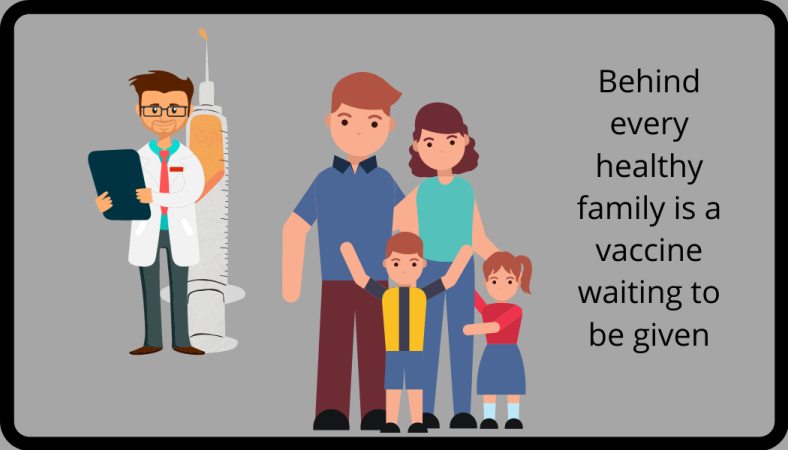There’s so much happening in the world, in the country in the state and I can’t do anything about it. Really, I’ve tried and the world/country/state hasn’t budged. But I can do something about me, for me, and help the world/country/etc/etc/etc at the same time. I can see it in your eyes! You know where I’m going!! Yes, you are 100% right. I’m going to get a flu shot. Much more fun than getting the flu. Trust me, I’ve had both. I was going to write a whole new post about flu shots but I’ve already done did that a dozen times or so, so I reached back to 2016 and pulled this one out. It’s still good stuff. Then after you read it, go get your flu shot. It’s about that time again!
Just Shoot Me
(From October 24, 2016, slightly edited to remove unnecessarily big words)
I’ve been shot. I suppose it was about 10 days ago now. I got my flu shot. I can probably count on one hand the number of years I didn’t get a flu shot all the way back to when I can remember doctors keeping lollipops on their desks for the good boys and girls who got their flu shots.
For years I worked in a hospital and getting a flu shot was just something you did every year. It went along with doing annual evaluations, decorating for Halloween, and renewing your parking permit. Everyone grumbled about it but everyone did it.
Now that I’m not working I have to remind myself to get a flu shot. And while I was busy reminding myself I thought I’d remind you. Get your flu shot. If you are a southern hemisphere resident hold that thought for 6 months.
I never understood people who would come up with a dozen different reasons not to get a flu shot when it’s so effective at preventing the flu and when getting the flu can be so devastating. No, you won’t get the flu from the flu shot. You can’t get the flu from a flu shot any more than a zombie will eat your brains. The virus in the flu shot is dead – even more dead than an undead zombie. It can’t come back to life and infect you. What can happen is that you can get a cold or a fall allergy or a seasonal bacterial sinus or respiratory infection at the same time you get the flu shot but it’s not the flu.
You can get the flu in the same year that you get the flu shot if you don’t get it at the right time. Now is the right time. The flu shot doesn’t start working the instant the needle pierces your skin. It takes about two weeks for the vaccine to work its magic on your immune system so it is at its peak in protecting you against a live flu infection. You should schedule your shot about a month before the anticipated beginning of the flu season. If you wait too long to get a flu shot and you are exposed to the flu virus before your body can adequately prepare enough antibodies to repel an assault you can get the flu. The high dose version of the flu shot may provide effective resistance a bit sooner but should not be used as an option to timely inoculation.
You can also get the flu late in the season even if you got a flu shot if the circulating viruses mutate more quickly than expected and if your immune system is weakened by age or compromised by other diseases or conditions. For individuals with compromised immune systems the flu vaccine should be active for about six months. If you have weakened immune system and the active flu season in your area is expected to last past March or April you might consider asking your physician if you should repeat the flu shot six months after your initial vaccination.
Sorry if this post sounded too much like a public service announcement. It’s probably just a result of those years I spent in public service
